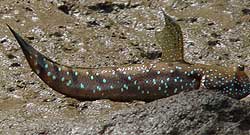Animals of Phang Nga Bay
There's at least one fruit bat colony
living around Bat Cave or Oyster Hong. The fruit bats populating
the Indo-Pacific region almost all belong to the Cynoprterus sub-family,
with four highly probable species in the Penak colony. Academics
arguing fruit bat taxonomy
You may not see that many on the day trips since the Hongs would have
to empty of water before they would come out, but we do see them all
the time on our expeditions and kayak camps.
Unlike most fishes, mudskippers don't like to swim. With the ability to obtain oxygen through their moist skin, they forage, flirt and fight on mudflats and the soggy ground of mangrove forests during low tide. When the water level rises, some species retreat to burrows; others, like this fellow, find a perch on the trees' stilt roots. |
Informations
- Lagoon, Hongs, Caves
- Animals of Phang Nga Bay
- Birds of Phang Nga Bay
- Nature Guide
- Flowstone
- Year-Round Season


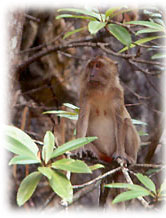
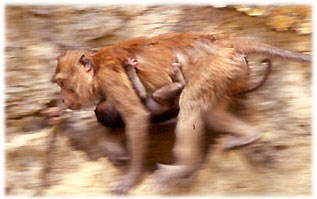 If we are quiet in the caves and hongs we sometimes see macaques closely
enough
If we are quiet in the caves and hongs we sometimes see macaques closely
enough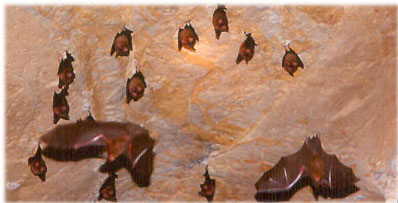 originally
feasted on insects living in fruit, and eventually preferred fruit
over insects.
originally
feasted on insects living in fruit, and eventually preferred fruit
over insects.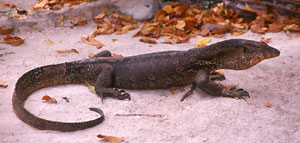
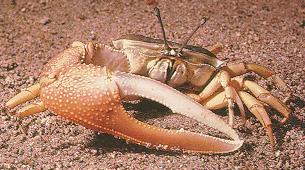
.jpg)
